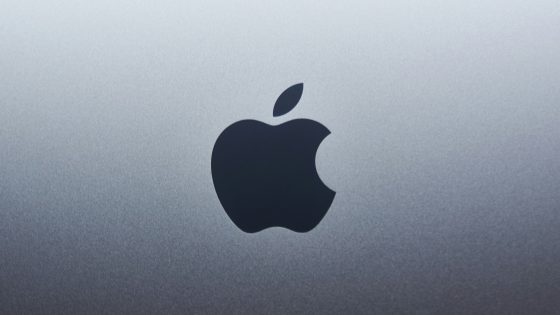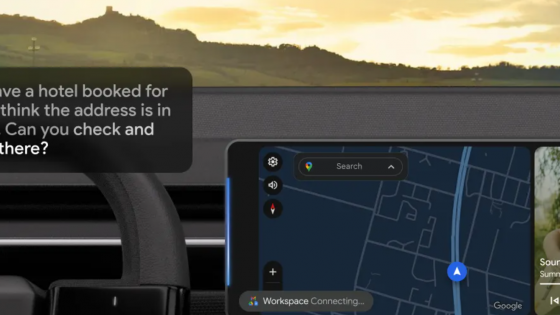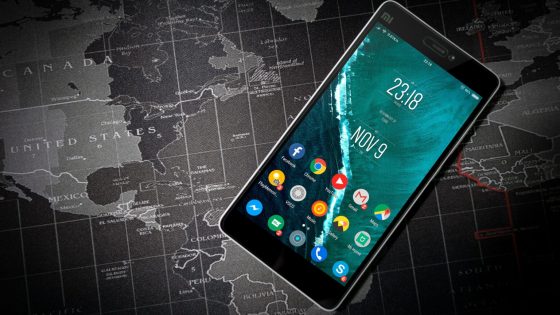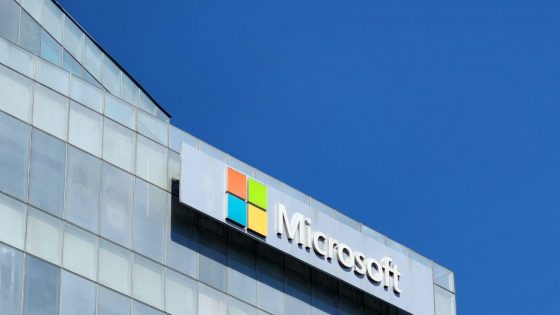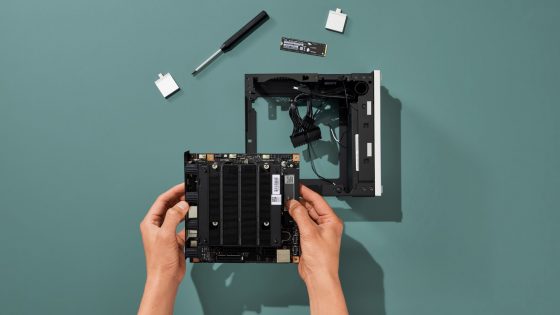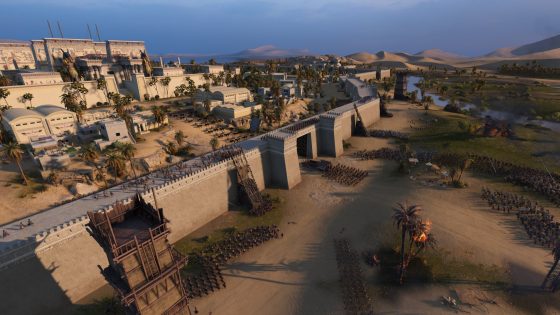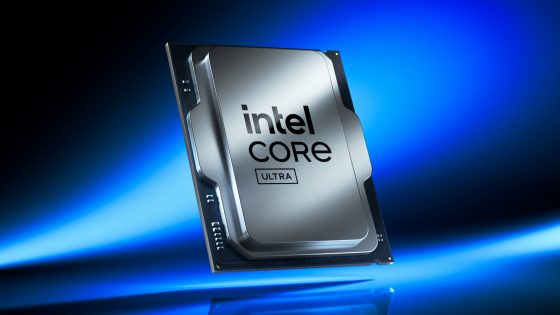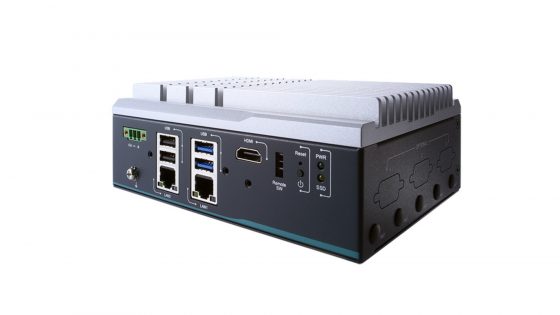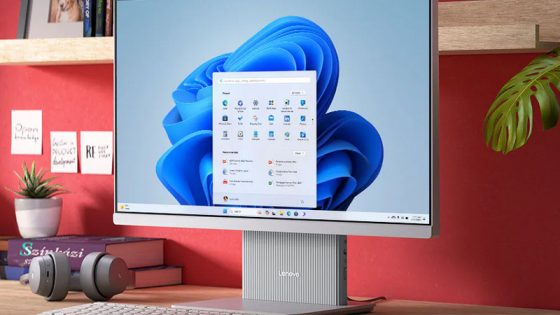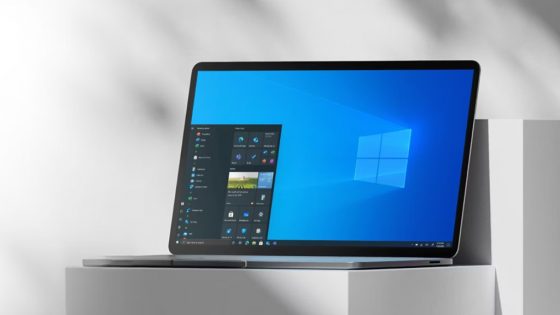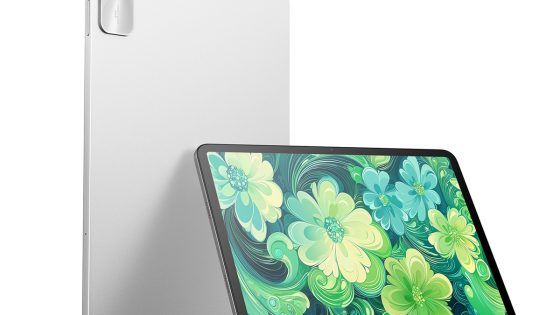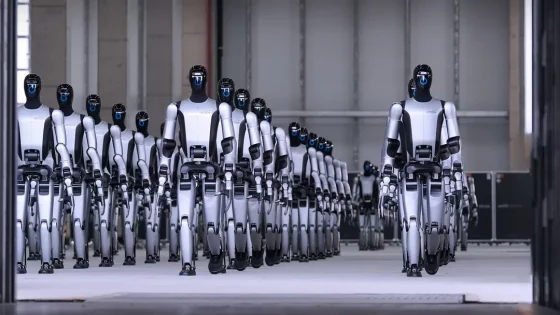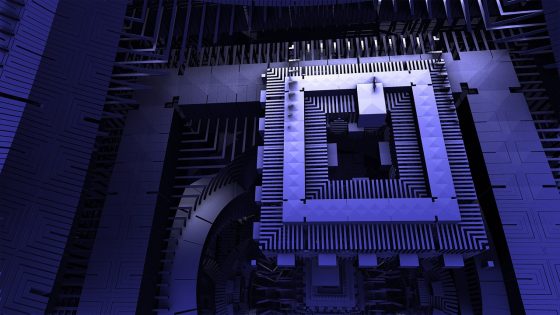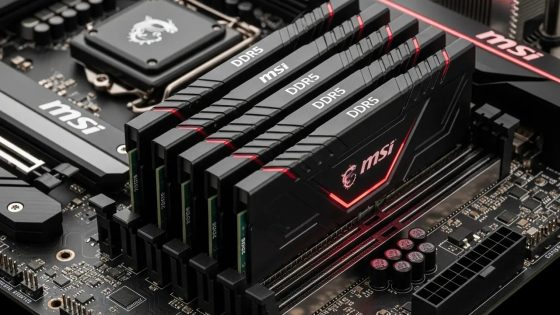Microsoft makes major breakthrough in quantum computing
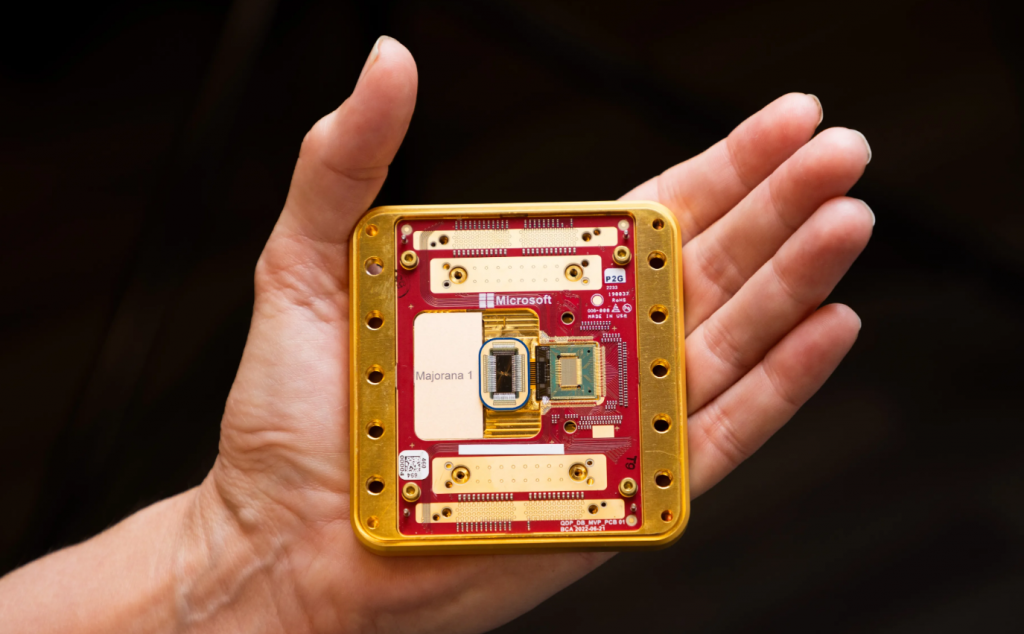
Microsoft believes it has achieved a major breakthrough in quantum computing, unlocking the potential for quantum computers to solve industrial-scale problems. The world's most famous company has spent 17 years working on a research project to design a new material and architecture for quantum computing. After all these years, they can finally unveil the Majorana 1 processor - Microsoft's first quantum processor based on the new architecture.
At the heart of a quantum computer are qubits, a unit of information in quantum computing that is very similar to the binary bits used in computers today. Companies like IBM, Microsoft, and Google have been working for years to make qubits as reliable as binary bits, which are much more susceptible to noise that can cause errors or data loss.
Majorana 1 can potentially fit a million qubits onto a single chip not much larger than the processors in desktop computers and servers. Microsoft uses the Majorana particle, described by theoretical physicist Ettore Majorana in 1937, to do the computing in this new chip. Microsoft achieved this milestone by creating what it calls “the world’s first topoconductor,” a new type of material that can not only observe but also control Majorana particles to create more reliable qubits.
The research, published in the journal Nature, details how the researchers created the new “topological” qubit. Microsoft helped create a new material from indium arsenide and aluminum, and placed eight topological qubits on a chip that it hopes can eventually be scaled up to a million.
A single chip with a million qubits could run much more accurate simulations, helping to better understand the natural world and enabling breakthroughs in medicine and science.
“We’ve been working on this project for the past 17 years. It’s the longest-running research program in the company,” explains Zulfi Alam, corporate vice president of quantum technology at Microsoft. “After 17 years, we’re presenting results that are not just incredible, but real. They’re going to redefine how the next phase of quantum travel will unfold.”
“We took a step back and said, ‘Okay, let’s invent a transistor for the quantum age. What properties does it need to have?’” says Chetan Nayak, a Microsoft technical fellow. “And that’s how we actually got there—the special combination, the quality, and the important details in our new set of materials enabled a new type of qubit and ultimately our entire architecture.”
The Defense Advanced Research Projects Agency (DARPA) has now selected Microsoft as one of two companies to advance to the final phase of the Unresearched Systems for Application-Scale Quantum Computing (US2QC) project.



